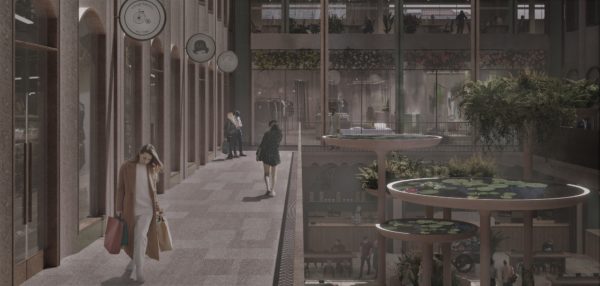Sustainable design is about ensuring the longevity of where we live, work and socialise. It’s about creating spaces where people want to be. Post covid, people are commuting less and spending more time in their local community, which is increasing the focus on healthy living and wellbeing in our design thinking. As a result, developers are becoming more engaged with how the built environment can support this shift through parks and greenspace, through indoor and outdoor amenity spaces, and through more blended lifestyles where living, working and socialising can happen together.
There’s obviously a strong focus on building performance, and as architects we’re always looking at passive measures to help minimise the environmental impact of our designs. For example, where we position our buildings on site to maximise daylight, or reduce exposure to wind, noise and inclement weather. We’re getting smarter at adapting our façades to these conditions, and minimising the need for mechanical air conditioning through improved airflows and ventilation. There’s definitely been an evolution towards more natural ways of doing things, which has been helped by stronger planning and environmental policies from the likes of the GLA in London. The recent switch from gas boilers to air-source heat pumps is a case in point.
In addition to the social and environmental dimensions, there’s also the financial side of things. More and more banks and investors have an ESG agenda. They want to know their money’s not going to be used on projects that will have a detrimental impact on the world, which I think further pushes the sustainability agenda for architects. At the same time, due to interest rates and inflation most UK developments are now 25% more expensive to build, but unfortunately that’s not being reflected in the planning process. We need more concessions towards things like affordable housing to ensure the fiscal environment doesn’t have a negative social impact.

